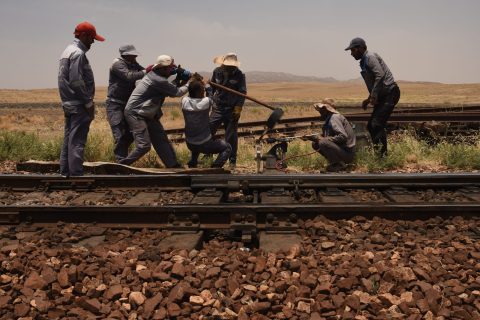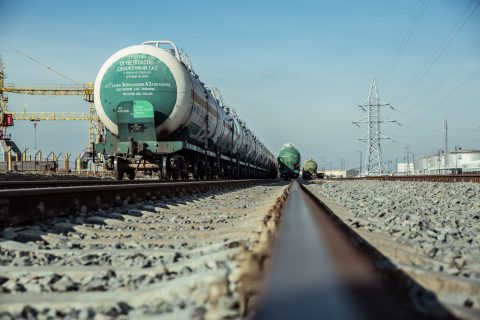A synchronised Nordic network can do miracles

A synchronised Scandinavian rail network could become the gamechanger in New Silk Road connections. How can Eurasian investments put Nordic countries at the forefront? And what role could Gothenburg play in becoming an all-Nordic hub? Ole A. Hagen is the expert with the know-how to explain the Scandinavian potential.
Ole A. Hagen has a multi-role background, holding executive roles in four companies for the last 15 plus years. He works for FIATA, the Rail Institute of CLECAT, and held positions in the OECD and the EU DG Environment. He speaks English, German, French, Spanish, Italian and all the Scandinavian languages and has been in the transport sector for his whole life.
“I got into the logistics industry when I played chess (and won) with my future-to-be CEO at a conference in Prague. I got a job offer at the end of the conference,” he narrates vividly. Now, he is also leading the Scandinavian New Silk Road game, which he also aims to win. Are you interested in his insights? Ole A. Hagen will be among the speakers of the European Silk Road Summit 2021, discussing the potential of Scandinavia in Eurasian rail transport. Take a look at the summit’s programme here, and secure your online ticket to attend here.
Synced network for cross-border connectivity
“For the whole of Scandinavia, our remote position and distance from our markets require that our logistics industry must be highly effective and productive,” says Hagen. Norway, for instance, with more the 100,000 kilometres of coastline, has always been a maritime country, which, however, has lots of advantages for long-distance rail freight transport, he explains.
“The Nordic countries have a great potential in synchronising their networks, utilising their hubs and improving infrastructure with a cross-border perspective,” adds Hagen. The combination of rail and short-sea connections could be the key to success in this sense. However, the Scandinavian countries have more to offer if they work together as a whole instead of if they work individually.
“In Scandinavia, we have great potential due to the Silk Road investments. To some extent, our national investment plans need to secure rail freight investments in terminals, IT, ERMTS and infrastructure projects,” highlights Hagen. Moreover, working closely with neighbouring sectors is also critical. That is why “we also cooperate with the Baltic authorities and industry to develop new solutions whilst greening the sector,” says Hagen.
Gothenburg the main hub
How could these actions and syncing of networks coordinate and create shared hubs? Hagen says the hub is already there. “Gothenburg is the logistics hub for Scandinavia. From Gothenburg, we can distribute cargo to all countries effectively. The Swedish port seems to already hold a leading role in domestic and cross-border Scandinavian transportation.
It is a multimodal platform serving all modes of transport with enough capacity to handle volumes from all the Nordic countries. Is the capacity enough, though, to handle more growth? Here is where the infrastructure investments will play a role. They will not only strengthen various Nordic destinations, but they will boost the existing infrastructure in reaching greater heights.
European Silk Road Summit
As for his participation in the European Silk Road Summit 2021, Hagen is enthusiastic. “I expect lots of experts and to learn from their best practices. I hope to get in touch with industry leaders, and I have quite a few on my list of people I would like to meet and possibly work with later.
Are you also interested in following his presentation and meet and network with industry professionals? You can still secure your place in the event digitally here.
You just read one of our premium articles free of charge
Want full access? Take advantage of our exclusive offer




